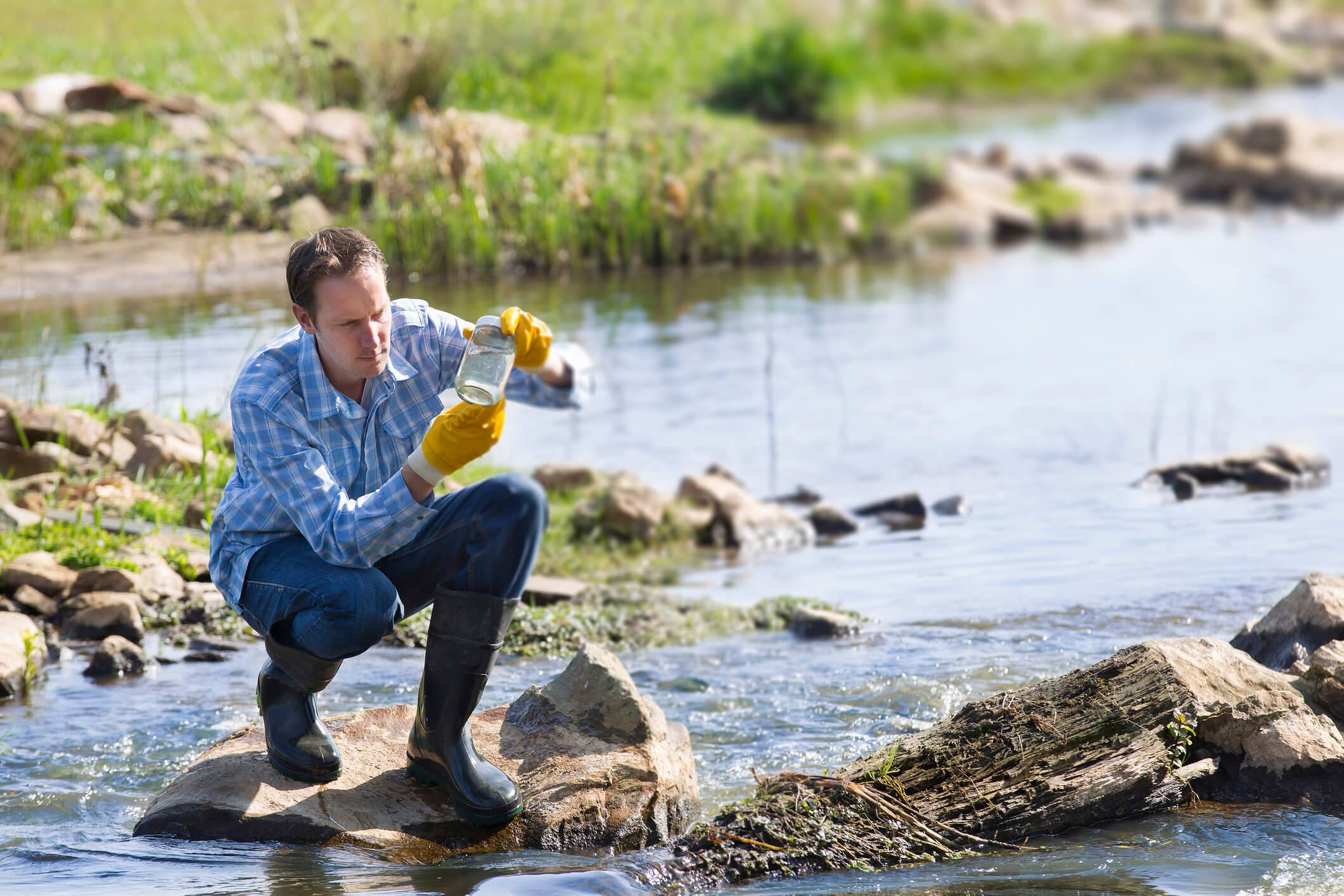Fisheries oceanography
Overall Course Objectives
The course will provide an in-depth understanding of how oceanographic and marine ecosystem processes affect and interact with ecology of fish (e.g., productivity, survival, geographical distributions) and fisheries. The course will emphasize interactions between natural and human-induced climate variability/change, exploitation, and eutrophication, and will build on principles established in earlier courses in the curriculum.
Course core elements:
1. Dynamics of populations and ecosystems at multiple time-space scales (cm – 1000s km and s – millennia)
2. Multiple drivers (or perturbations) of change – fishing, climate change and variability, eutrophication, habtitat alteration
3. Responses of fish populations to perturbations – productivity, distributions, growth, survival, yields
4. Processes affecting survival and growth of early life history stages; larval ecology, feeding success, survival probability
5. Scientific method to problem solving and hypothesis testing.
6. Interpretation of observational fisheries oceanographic data
Learning Objectives
- Predict using process knowledge and first principles how ocean conditions and human activities (e. g., fishing, increasing CO2 emissions, eutrophication) affect ecology of fish eggs and larvae. (core elements 1-4)
- Calculate individual- and population-level larval fish ingestion rates and food requirements using behavioural, bioenergetics and environmental data. (core elements 4, 5)
- Back-calculate birth-date and -place from larval otoliths and explain why this information is useful in recruitment studies (e. g., nonrandom mortality). (core elements 4-6)
- Use ecological and oceanographic process knowledge to make quantitative statements and inference about how populations might react to perturbations from equilibrium (e. g., climate-oceanographic variations, fishing, eutrophication, invasive species). (core elements 1-5)
- Estimate sizes and locations of habitats for populations or species under changing climate and oceanographic conditions using modern habitat modelling approaches and oceanographic, biological and lifehistory data. (core elements 1, 2, 3, 5).
- Summarize at least three common statistical problems associated with analysing time series data in fisheries oceanography and marine ecology, and propose ways to minimize their impact on results of analyses. (core elements 5, 6)
- Demonstrate using observations and simulated data the advantages and pitfalls associated with different approaches for modelling temporal variations in ecological response variables. (core elements 3, 5, 6)
- Perform key scientific tasks such as plan research, develop hypotheses, critically evaluate results of fisheries oceanographic data analyses, other student works (i. e., student peer-review of other students’ works) and peer-reviewed literature, and present scientific findings orally and in writing. (core elements 5, 6)
Course Content
The course will explain and interpret how oceanographic processes affect production and distribution of fish populations. Students will learn how various physical processes and mechanisms (e.g., storms, extreme temperature conditions) affect fish eggs, larvae, juveniles and adults, and how those processes can make populations more or less vulnerable to human activities such as fishing and eutrophication. The course lectures will initially cover key concepts and paradigms in fisheries oceanography and then be followed by lectures on larval feeding ecology and predation processes (e.g., fish, jellyfish) before progressing to the oceanographic impacts on higher levels of biological organisation (i.e., biodiversity, biogeography, foodweb interactions involving fish). The course will span concepts from individual to population and community scales, and from small to large temporal – spatial scales. Students will learn how knowledge of specific processes can be applied to advise on how to conserve and manage fish populations and marine ecosystems. The course will include some modelling and statistical exercises, and case study analyses of oceanographic and fishing impacts on 2-3 selected fish populations and communities.
Teaching Method
Teaching will be done by the following methods:
• Lectures and guest lectures.
• Student oral presentations.
• Individual and group practical exercises.
Faculty
Remarks
This course provides students with competences relevant to UN SDGs, particularly #12 (Responsible consumption and production), #13 (Climate action) and #14 (Life below water)
Limited number of seats
Minimum: 5.
Please be aware that this course will only be held if the required minimum number of participants is met. You will be informed 8 days before the start of the course, whether the course will be held.




